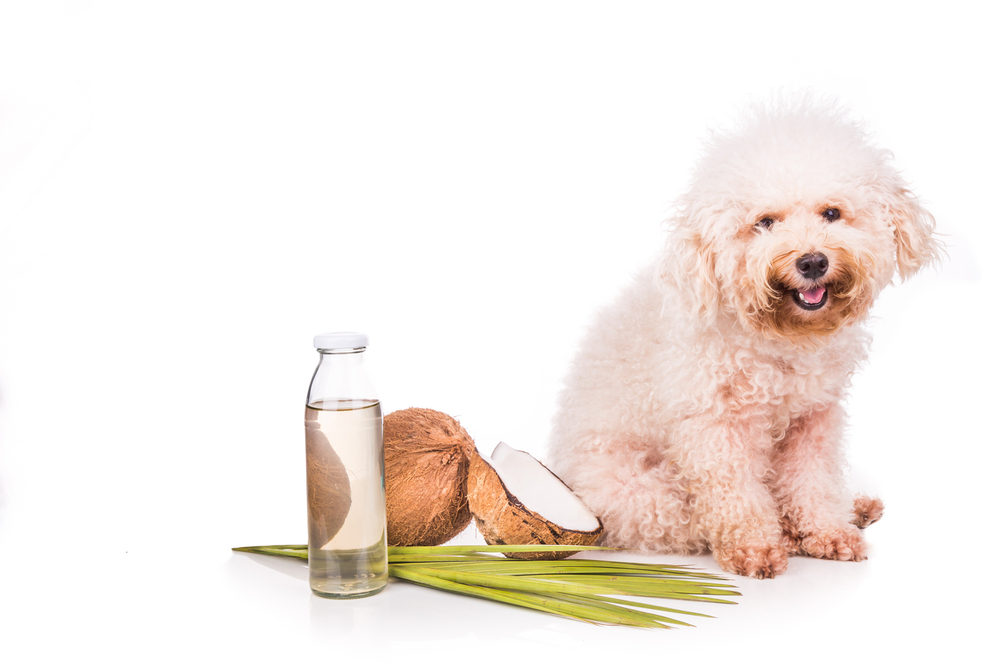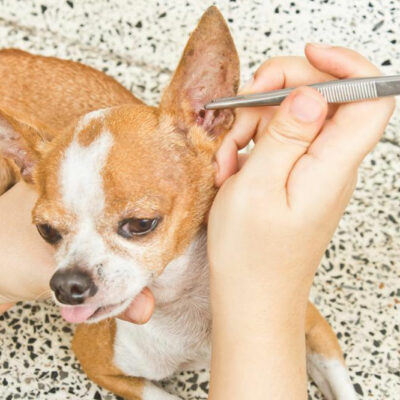
3 Nutritious Homemade Dog Food Recipes
There is a variety of canned wet and dry dog foods available in the supermarket. They feature several ingredients and come in different flavor combinations so that your pets can enjoy them. However, nothing beats a fresh home-cooked meal to give your dogs on a daily basis. Following are simple DIY dog food recipes that you can explore and make at home for your loyal buddy. These recipes feature proteins, carbohydrates, and essential nutrients for their growth and immunity. Stew made with beef and sweet potatoes Beef is a great source of protein, and sweet potatoes are rich in healthy carbohydrates; both these foods are safe for dogs. You will only need diced beef and sweet potatoes for the base, and the stock can be made with some flour, water, beef drippings (residue left after baking), and just a spoon of vegetable oil. For some extra crunch, add a couple of diced carrots to the mix to balance out the texture and flavors. A healthy bowlful of this simple homemade stew is loaded with vitamin D, iron, calcium, and potassium to improve overall immunity and promote bone health. Try DIY dog food recipes with different ingredients to make stews, a great alternative to wet canned food.
Learn More 

























